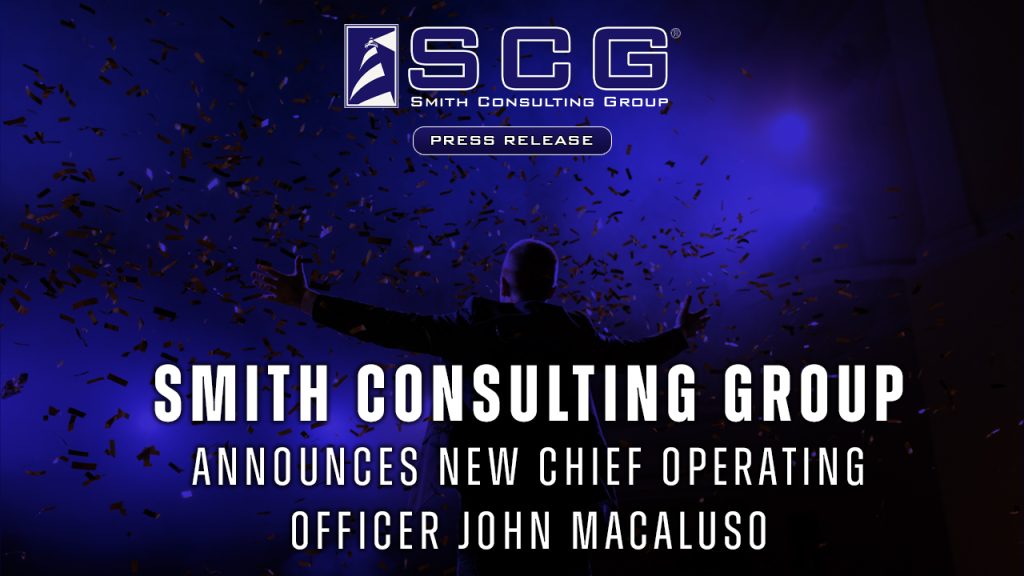The Post-COVID Digital Economy
Internet Technology (IT) is hardly new, but over the last 20 years since the turn of the millennium it has become the single most important aspect of any business across any industry. Many have been slow to adapt, ceding ground to their fast-acting and data-driven competitors each year as technology continues to advance more quickly.
The global Coronavirus pandemic has acted as a massive, tectonic change agent. COVID-19 is expediting this process even further, sharply cutting into margins or even entirely eliminating entire industries that were improperly equipped to succeed in the digital landscape of the 21st century.
The evolution and migration into virtual operations and services won’t end with the arrival of vaccines. This new commerce climate is here to stay, so how financial institutions adapt will directly correlate to their success and retention after COVID.
Virtual Banking Is Not The Future: It’s The Standard
With that in mind, it’s also understandable why many organizations have not taken the full plunge to implement the necessary digital operations catered to today’s needs and expectations. This is, after all, a major undergoing. IT systems are complex and we have all experienced the infamous frustrations of tech support issues and failures. To avoid this, its important to go about this the right way to best benefit your organization and customers. Careful planning and parameters are essential to overall success. That means starting with concrete and attainable goals that your team is in agreement on relating to the outcomes of your new digital operation and services.
Once you have your goals and some appropriate references and comparisons to point to, these next three steps will help you implement a strong and effective digital system to improve your customer experience as well as retention and profits . . .
First: Setting Successful Goals And Parameters
Before drafting a concrete plan, begin with some important assessments. Look at your current operations, your competitors, and ask your customers and partners what their highest priorities and needs are for your business.
These points will help your organization:
- Increase efficiency
- Clearly layout your highest priorities for the most important features your organization will need in the short and longterm
- Ensure your organizational plans and goals are aligned with your vendors as well as hashing out the details of implementation post-rollout
This assessment process is meant to help you determine the best features, scale, and depth of your new digital systems. Also, while careful planning is essential, it is also important that you incorporate some degree of flexibility and fluid communication with your IT developers. This will help integrate new features and functions that may become available while you are planning, testing, or implementing your digital system. This helps ensure you are working with the best possible technologies suited to your goals.
Second: Set Your Game Plan
It is essential that your plan is structured not only for success, but also to weed out most issues, and certainly any major ones, before your customers use your new project.
Here are some recommended plan-making tips:
- When developing and testing your digital platform, take note of and record all functions and features. This will help you zero-in on issues if-and-when they arise in the Beta phase before a wider rollout with clients and customers. Examples of what you should keep track of include device authorizations, transactions, and the functions within your accounts and profiles.
- Keeping detailed records of all your system’s features, it’s essential to test them all rigorously. Including vendors and partners in this process will also be helpful in bringing fresh eyes who are also invested in the system’s success.
- Consider a hybrid testing approach. The standard testing for digital systems is to unleash a focused wave of intensive stress-tests over a period of time (known as “Waterfall” testing) while others use a more nuanced approach of testing while features are being developed (called “Agile” testing). To enhance reliability, we recommend a hybrid testing approach of beginning with the Agile method and then implementing the Waterfall approach once the system is fully developed. This allows you to to test your platform comprehensively as well as in segments and have more confidence in your rollout.
- Another key component to building a stronger digital system is carefully planning the details of who will test what. Make sure to develop a detailed testing plan where each feature is tested first by the technological team developing it, then by the department that will ultimately use those specific features, then relevant third parties such as vendors or partners that will have accounts or other connections to your digital system.
- In addition to recording every function and feature of your system, be sure to also work carefully with your system developers to create a manual or guide to using them. This will be helpful to both your own team as well as clients and customers.
- And finally, take detailed notes regarding every part your testing process, including both successful and unsuccessful results. This will ensure you’re not navigating blind when troubleshooting in the future and can even solve issues before the happen prior to rollout.
Third: Work With Your Partners
Once you have your attainable goals and a detailed plan to execute, it’s important to coordinate clearly and effectively with your partners, vendors, and any other third parties that are part of this process who are outside your organization and are not customers. The nature of your relationship with them and why your organizations work together will determine what is needed to make this project a success with their input.
On a practical level, they offer an extra set of perspectives and manpower to test functionality, as we discussed in the last section. However, they may also have specialized experience or contacts in implementing specific functions that are central to the success of a modern digital service system. These can include mobile compatibility, speed, e-wallet/e-commerce functionality, general simplicity and efficiency, and vendor integration specifications. It’s always helpful when your organization can corral expertise within your network with specialists, experts, or organizations that your trusted partners can vouch for and have a working relationship with to ensure smooth and reliable results from the start.
These steps are designed to converge and reinforce each other by laying a continually strengthening foundation in layers that’s build for success. This is never more important than in projects of this size — like we said at the start: this needs to be done right.
Diligently following this guide will go a long way toward avoiding unnecessary problems and creating a better, more effective digital financial platform for your business that your clients, partners, and organization will all benefit from.




